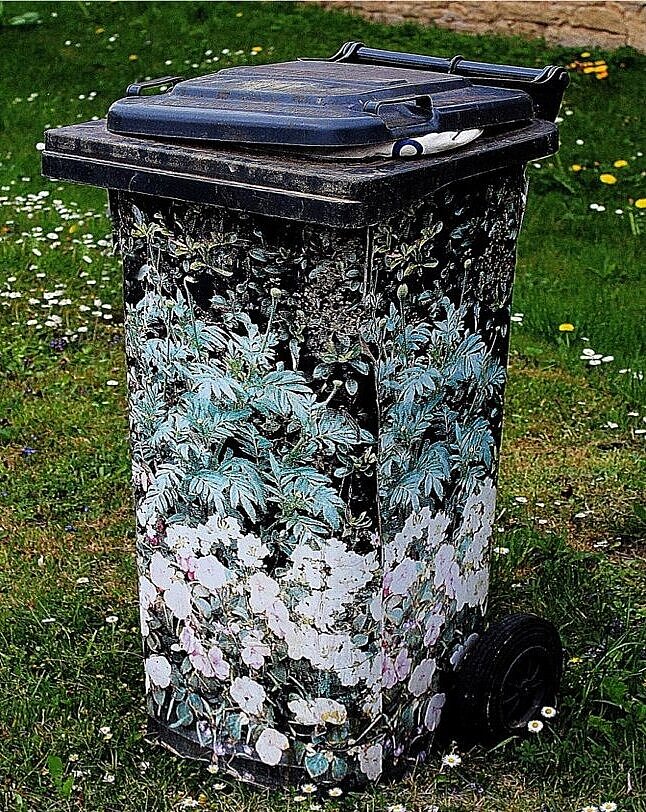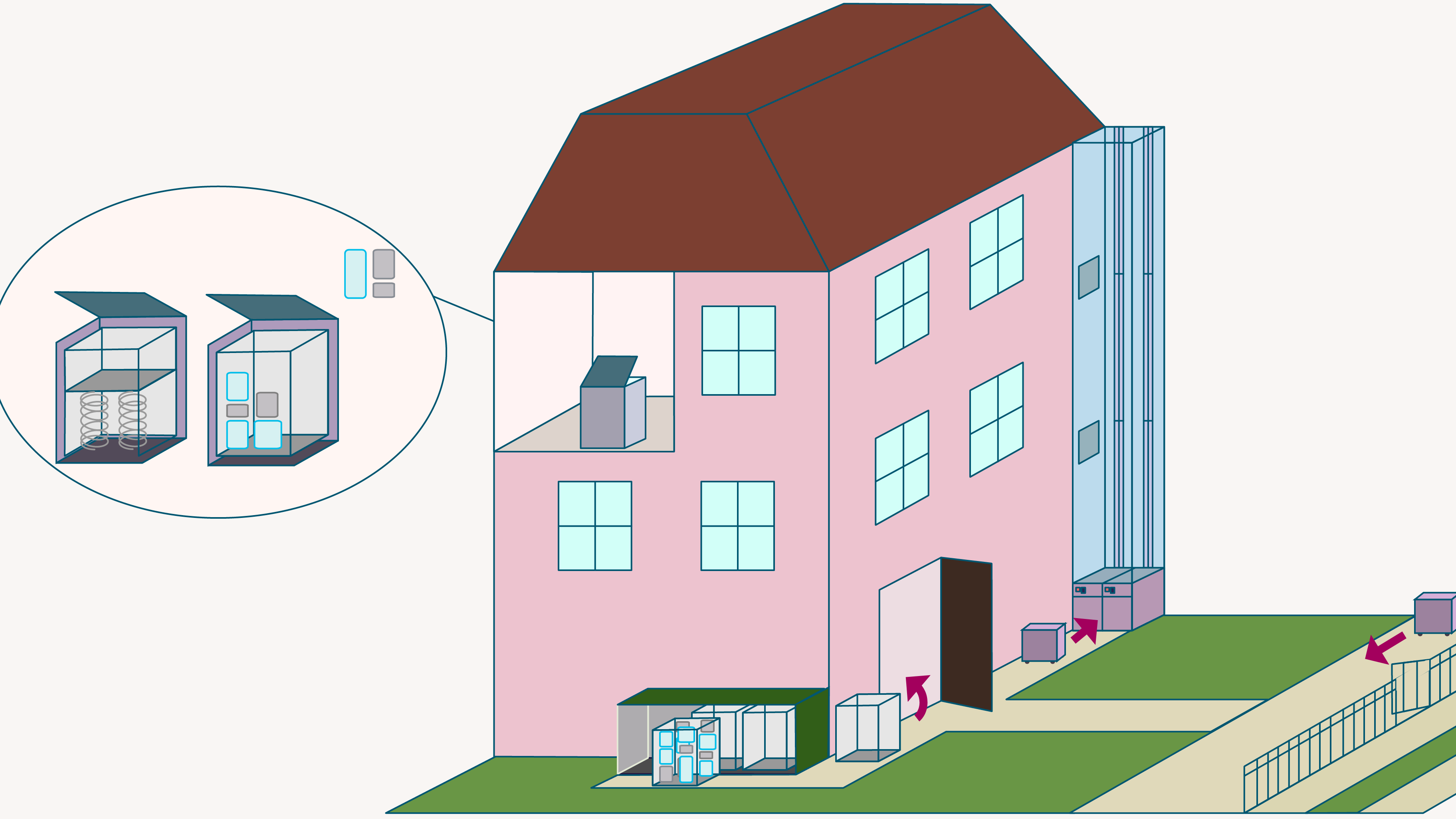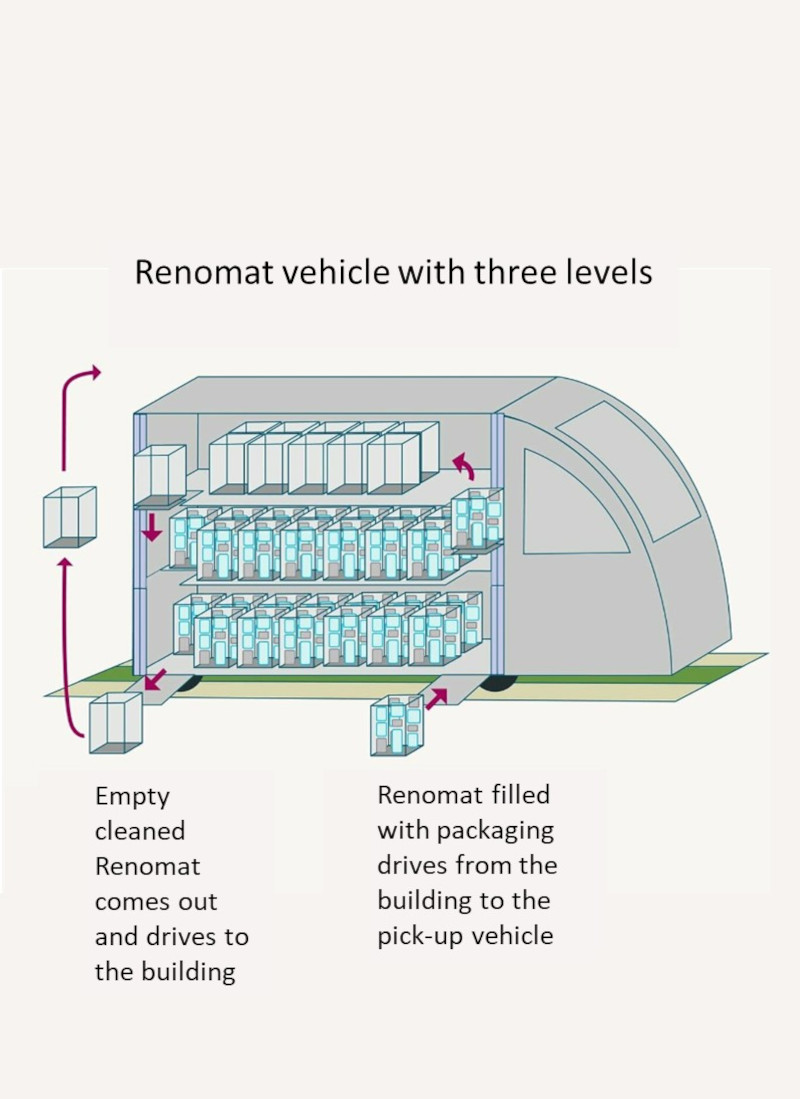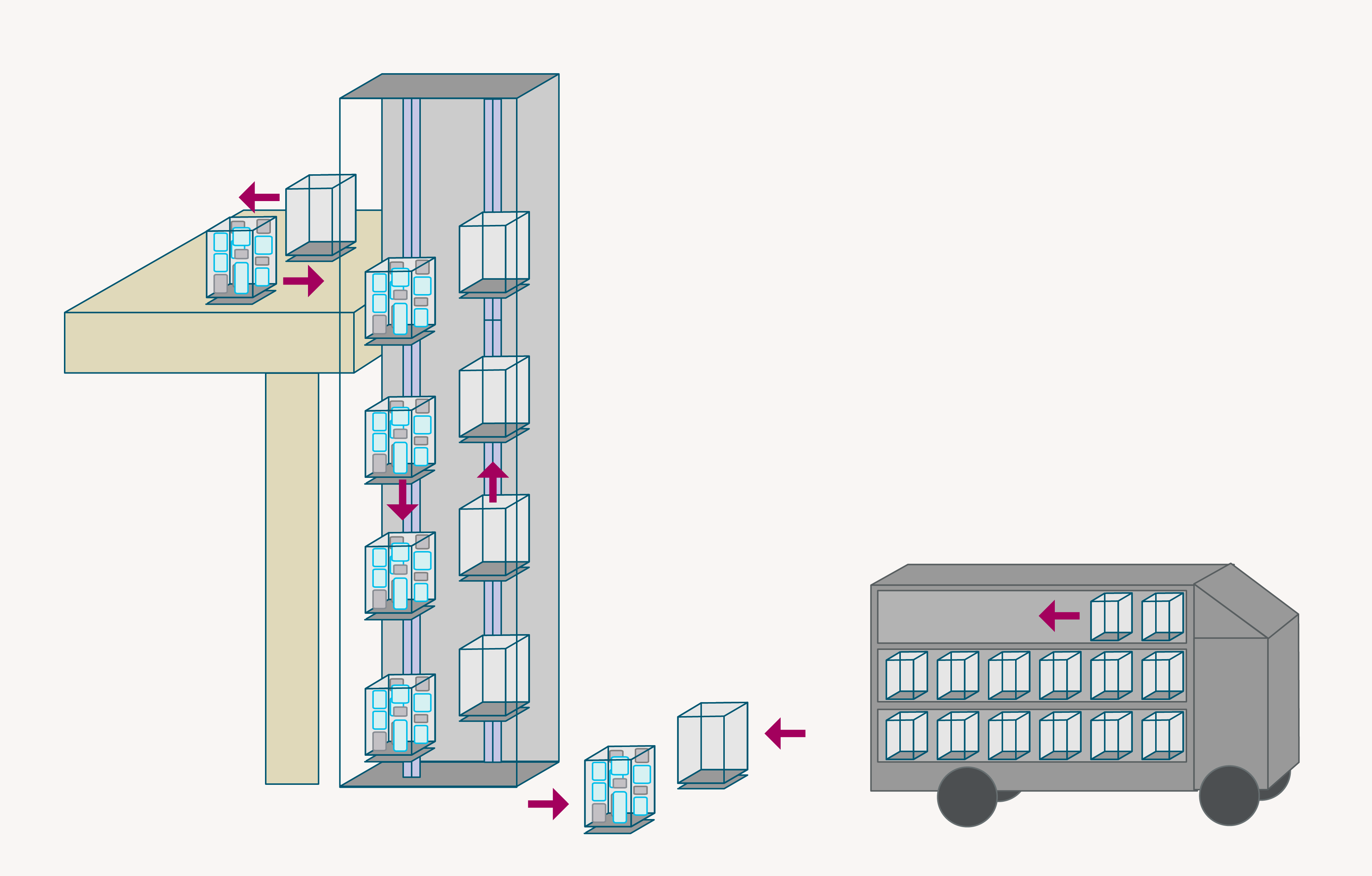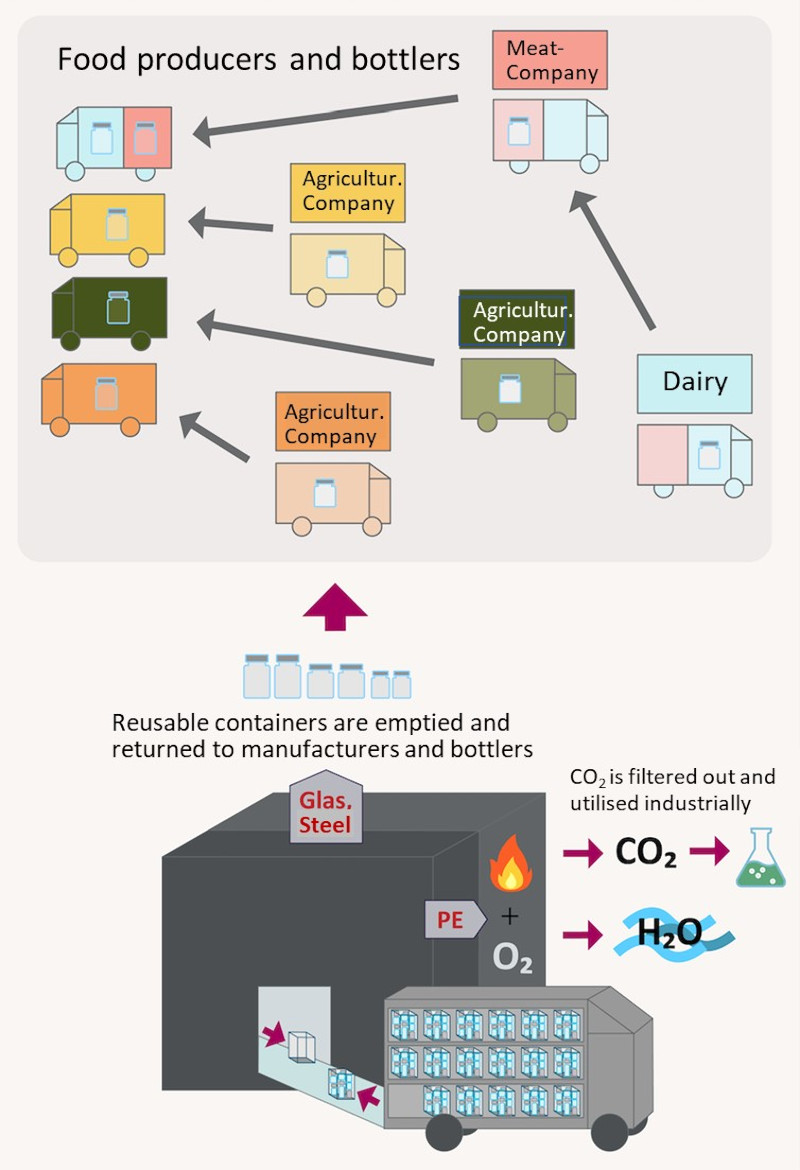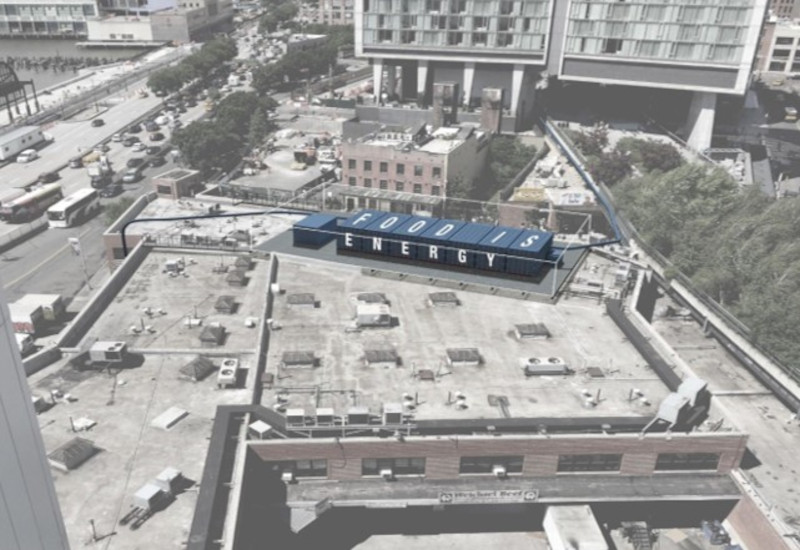Deposits will be refunded only if reusable containers are treated considerately
The scan code on the packaging is not only used for product information and payment, but it is also part of a deposit system: When shopping, the code is scanned and the corresponding deposit is deducted from the bridge card. As soon as the container has been returned in one piece, the deposit is credited back to the bridge card.
The deposit per package varies between 5 cents and 30 cents. It is estimated that 30 reusable packages are in use per person each week, of which around a third remain in the household for longer periods with longer-lasting products (e.g. flour or rice), so that only 20 reusable packages are in permanent rotation.
To ensure that people living on the bridges as well as residents along the bridges do not find the system on the bridges more expensive than supermarkets in the wider city area, they receive a start-up deposit credit on their bridge card in the deposit equivalent of 150 euros.
The background to the measurement is that it can be assumed that each person has approx. 20 packages in use per week. If they did not return any deposit packaging over a period of approx. 6 months, but kept it in their home, they could theoretically (26 weeks x 20) accumulate 520 returnable packages there. Assuming an average deposit value of 30 cents per package, someone could hoard packaging for 156 euros before being forced to return it to the cycle: This is because once the deposit credit is used up, one must pay the real deposit for all reusable packaging with every purchase. But if you have always returned most of it undamaged to the cycle, the deposit credit is always replenished.
Everything that is booked on the bridge card over and above the €150 starting credit can be paid out in cash - except for the initial bonus, which can only be "used up".



